Table of Contents
Mercedes OM642 3.0 L V6 Diesel (2005–2022)
The OM642 engine is Mercedes-Benz’s long-running 3.0 L V6 turbo-diesel used in E Class /ML/GL/GLK/G-Class, Sprinter/Vito, and even Jeep models. It’s loved for big torque, decent economy, and long life provided you stay ahead of a few predictable weak points (oil cooler seals, swirl flaps, NOx sensors, turbo actuator).
Want the bigger picture? See our Mercedes Engine Types Hub.
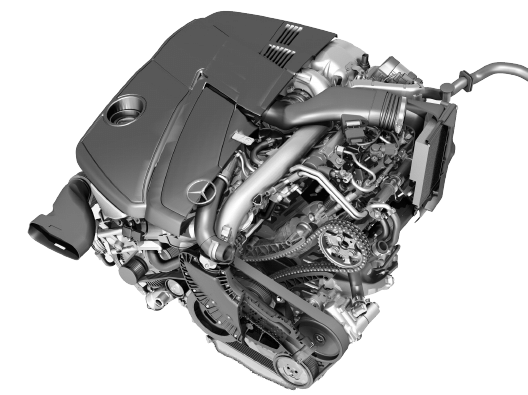
Quick facts
- Type: 3.0 L V6 turbo-diesel (CDI), aluminum block
- Induction: Variable-geometry turbo (VGT)
- Output range: ~184–255 hp, 400–620 Nm
- Emissions: Euro 4→Euro 6 (EGR + DPF + SCR/AdBlue)
- Production: 2005–2022 (applications vary by market)
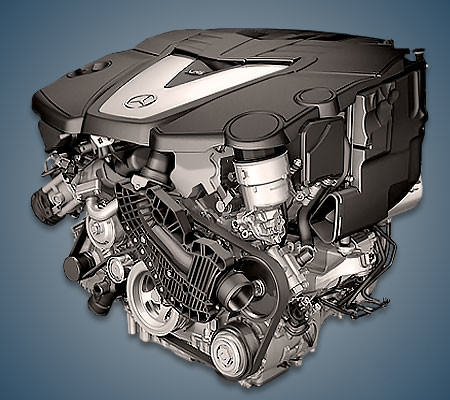
Full specifications
| Spec | Details |
|---|---|
| Engine code | OM642 DE30 LA |
| Displacement | 2987 cc (3.0 L) |
| Layout | 60° V6, DOHC, 24 valves |
| Injection | Common-rail direct injection |
| Turbo | Single VGT |
| Peak power (typical) | Up to 190 kW (255 hp) @ ~3800 rpm |
| Peak torque (typical) | Up to 620 Nm @ 1600–2400 rpm |
| Emissions kit | DPF + SCR (AdBlue) on Euro 6 |
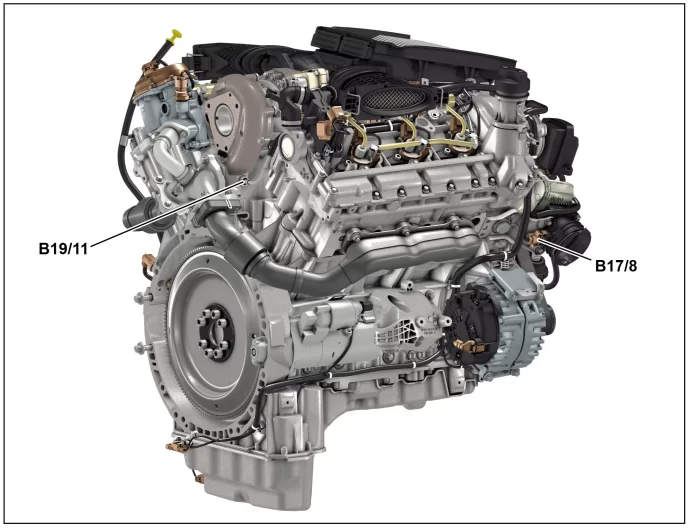
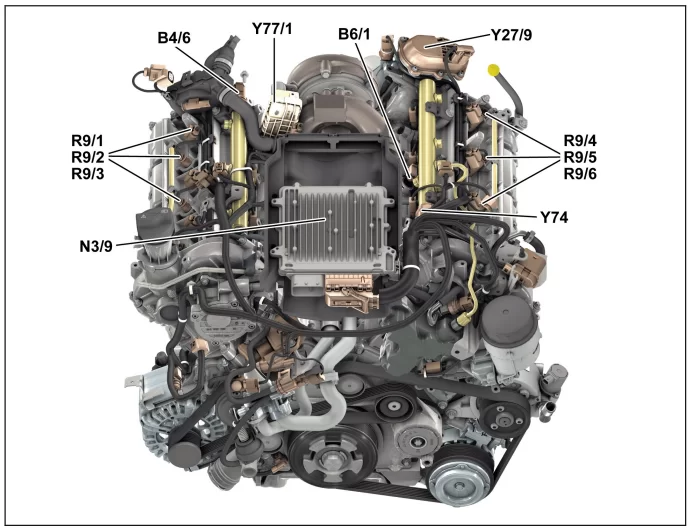

Variants & outputs
| Variant | Power | Torque | Years / Notes |
|---|---|---|---|
| Early CDI | ~184–224 hp | 400–540 Nm | Euro 4/5, wide model spread |
| BlueTEC | 211–255 hp | 540–620 Nm | Euro 6 with SCR/AdBlue |
| Sprinter tunes | 140–190 hp | 330–440 Nm | Durability-biased calibrations |
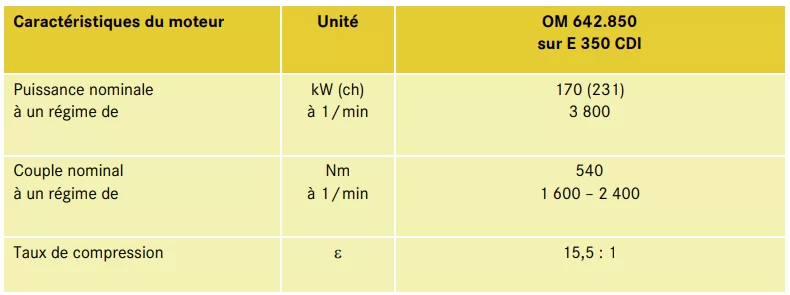
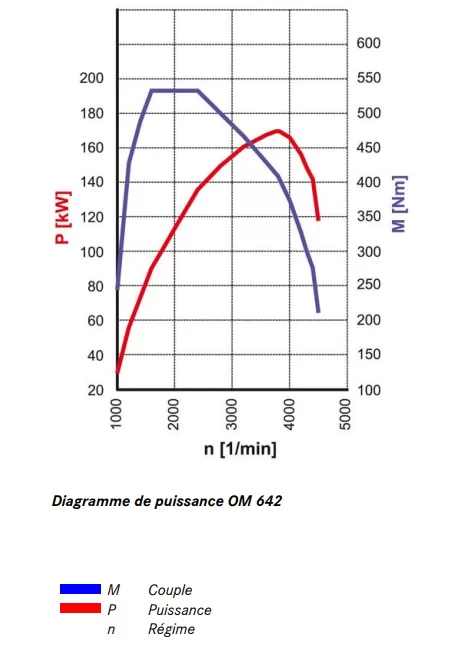
What makes OM642 good
- – Broad torque band: 620 Nm from low rpm = effortless towing and cruising.
- – VGT turbo: reduces lag, keeps boost responsive across rev range.
- – Aluminum construction: lighter than old iron diesels → better economy.
- – Mature aftertreatment: DPF/SCR keeps emissions compliant when maintained.
Common problems & fixes
| Problem | Typical symptoms | Diagnosis | Fix / notes |
|---|---|---|---|
| Oil cooler seals leaking (valley leak) | Oil puddle in V-valley, undercar oil film | Mirror/borescope in valley | Replace O-rings with updated seals; intake off (~12+ hr labor) |
| Swirl flap / actuator failure | Poor low-end torque, swirl codes, blown fuse | Scan; inspect manifold linkages | Replace actuator and/or intake manifold(s) |
| Turbo actuator / VGT issues | Limp mode, low boost, whistle | Scan boost control; rod movement test | Replace electronic actuator or turbo CHRA |
| NOx sensor failure | Emissions warnings, countdown/derate | OBD faults, lambda plausibility | Replace NOx sensors; code adaptation |
| EGR & intake clogging | Hesitation, smoke, rough idle | Visual inspection; EGR command test | Clean EGR & intake; replace if motor fails |
| Main bearing tick (early pre-2013 cases) | Metallic tick at idle, oil debris | Oil analysis; stethoscope | Engine-out bearing shell service if confirmed |
| PCV system clogging | Rough idle, oil mist in intake | Check separator & hoses | Clean/replace PCV; reduce intake sludge |
| DPF/regen issues | Frequent regens, backpressure codes | Monitor soot load, temp sensors | Forced regen; off-car DPF clean if needed |
Related reads;
Check Engine light illuminated
How to Fix Throttle Lag in Mercedes
P0073: Charge Air Temperature Sensor & Fan Fix
Maintenance & best practices
| Task | Interval | Notes |
|---|---|---|
| Engine oil & filter | 10,000 mi / 15,000 km (or sooner for heavy use) | MB 229.51/229.52 low-SAPS to protect DPF |
| Fuel filter | 20–30k mi / 30–50k km | Keeps HP pump/injectors happy |
| Air filter | 20–30k km (shorter dusty use) | Protects VGT and MAF |
| EGR & intake clean | 60–80k mi / 100–130k km | Prevents swirl/EGR faults |
| Oil cooler seals inspection | 90–100k mi | Do proactively with intake-off service |
| NOx sensors check | Every major service | Replace at first fault prevents derate |
| Coolant & water pump | Inspect each service | Watch for weep/overheat |
| DPF health | Ongoing | Ensure highway drives for proper regens |
Pro tips
- – Use good diesel (low sulfur) and periodic highway runs.
- – After hard towing or long climbs, idle 60–90 s before shut-off (turbo care).
- – Keep AdBlue topped low SCR fluid can limit power.
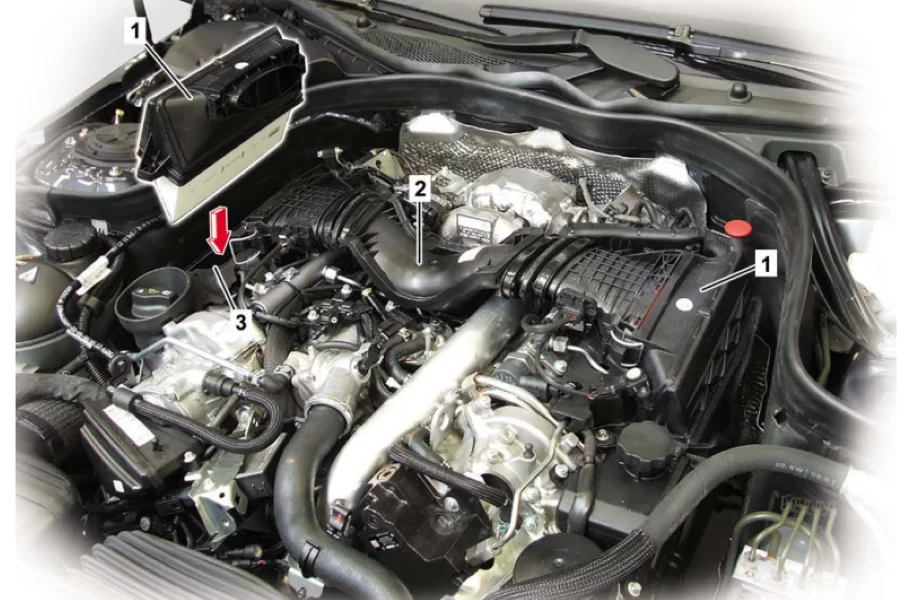
Oil capacity & fluids
- Oil capacity: ~9.0 L (≈9.5 qt) with filter
- Oil spec: MB 229.51 / 229.52 low-SAPS synthetic
- Coolant: MB spec; bleed carefully after water-pump/thermostat work
Models using OM642
- – Sedan/SUV: E-Class (E320/E350 CDI), S-Class (S320/S350 BlueTEC), ML/GL/GLK/GLE/GLS, G-Class (G320/G350 CDI/BlueTEC)
- – Vans: Sprinter (multiple tunes), Vito/V-Class
- – Other apps: Select Jeep models (market-specific)
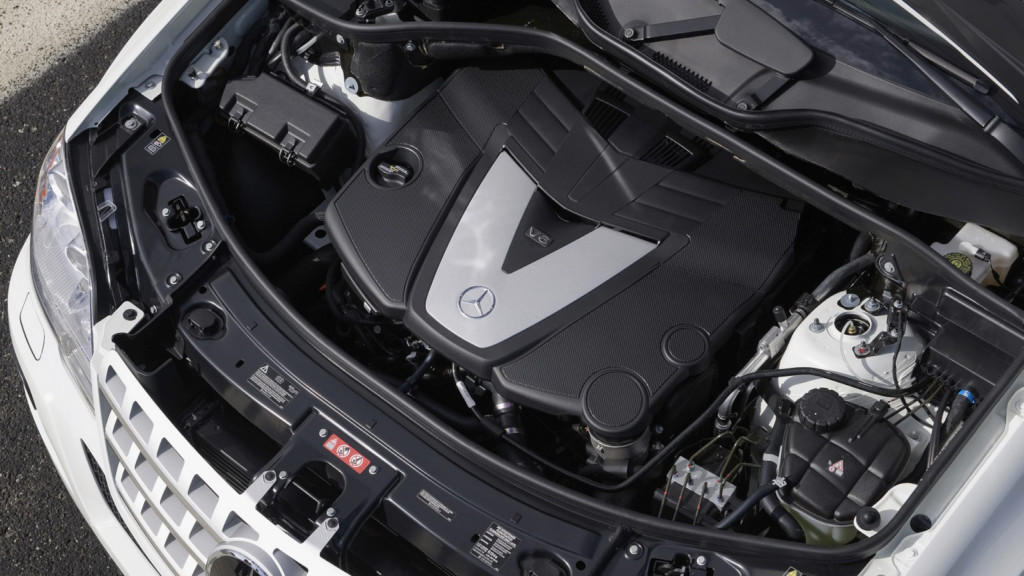
OM642 life expectancy
With correct oil (MB 229.51/52), timely filters, clean EGR/intake, and early attention to oil-cooler seals, many OM642s reach 200k–300k miles (320k–480k km). High-way miles help; short-trip cycles clog EGR/DPF faster.
OM642 vs OM651 (2.1 I4)
| Feature | OM642 (V6 3.0) | OM651 (I4 2.1) |
|---|---|---|
| Character | Smooth V6, strong tow torque | Lighter, thriftier commuter |
| Power / Torque | Up to 255 hp / 620 Nm | Up to 204 hp / 500 Nm |
| Complexity | Higher (V6 packaging) | Simpler inline-4 |
| Typical issues | Oil cooler seals, swirl, NOx, actuator | Chain/injectors/EGR on some |
| Best for | SUVs, vans, towing, long trips | Compacts, lighter SUVs, economy |
Owner quotes
“Highway miles + correct oil = happy OM642.”
“Do oil-cooler seals before they do you.”
“Swirl motor fault? Check intake soot before throwing parts.”
FAQs
Q1: Is the OM642 reliable?
Yes, if maintained. Its issues are well-known and preventable (oil-cooler seals, swirl/EGR, NOx sensors).
Q2: How much oil does it take?
About 9.0 L (9.5 qt) with the filter.
Q3: What’s the most common failure?
Oil cooler O-ring leaks and swirl flap/actuator faults are frequent around 90–150k mi.
Q4: How long will it last?
Many examples run 200k–300k miles with proper servicing and regular highway use.
Q5: Does highway driving help?
Yes, keeps DPF happy and reduces EGR/soot buildup.
Author
Written by Mercedes Expert
With years of hands-on experience diagnosing and repairing Mercedes-Benz systems, he brings technical depth and practical case studies to help car owners, technicians, and enthusiasts troubleshoot complex automotive issues. His work focuses on clear repair guides, OEM-level procedures, and knowledge-sharing to empower both professionals and drivers.
Last Updated: September 2025

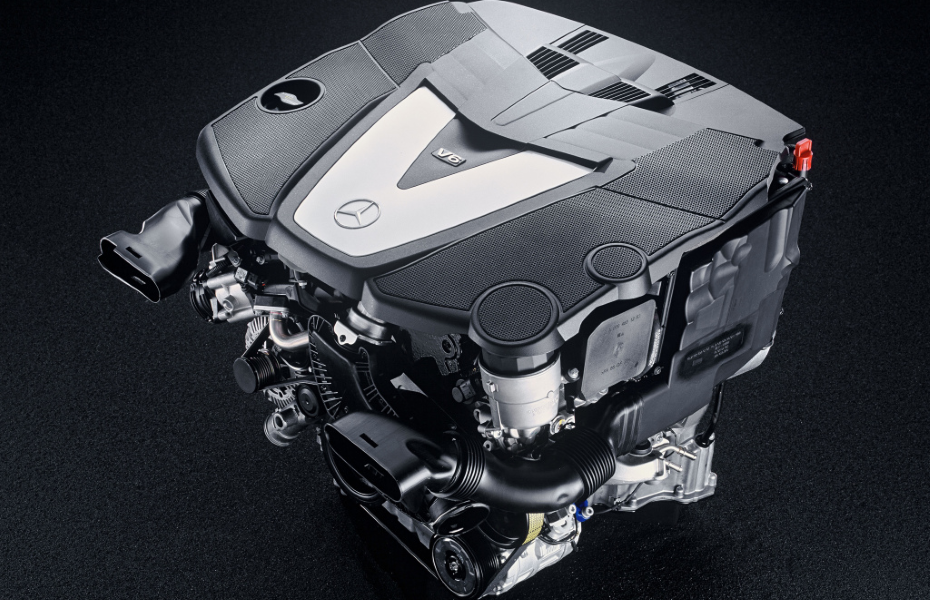
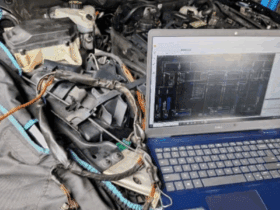
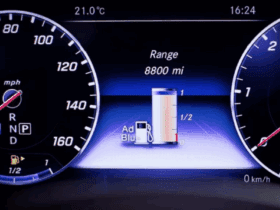
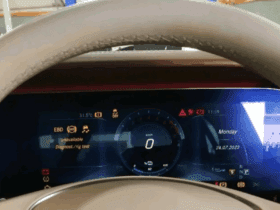
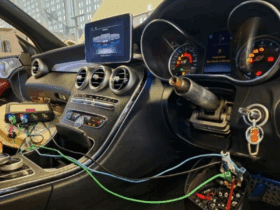
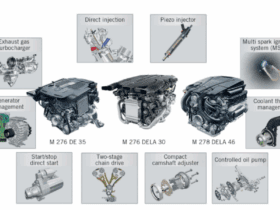
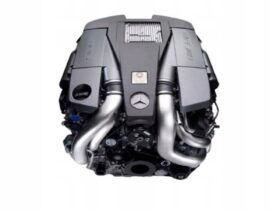
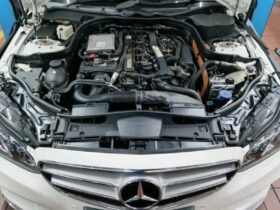
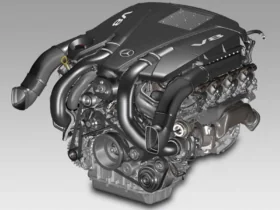
Leave a Reply